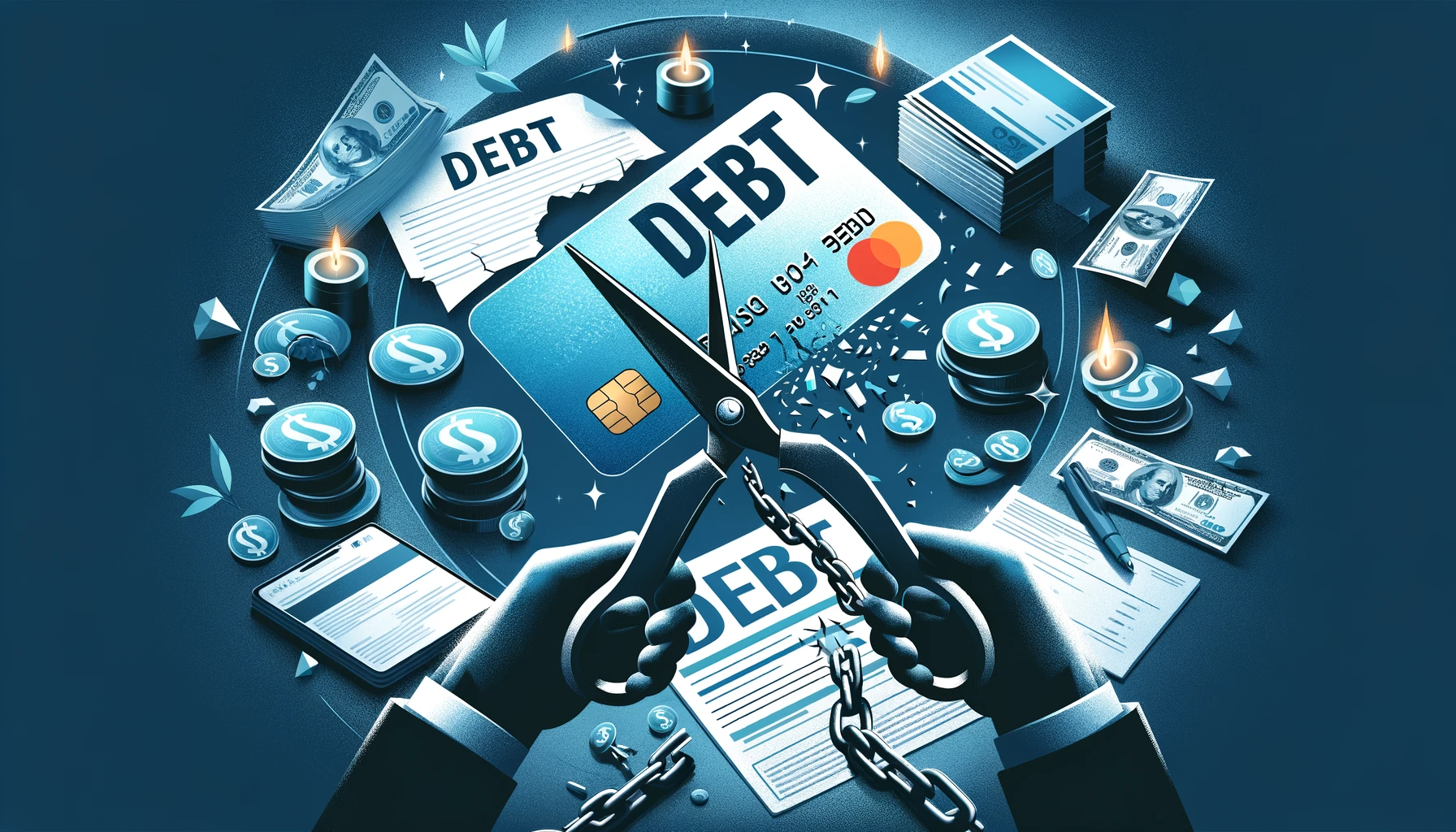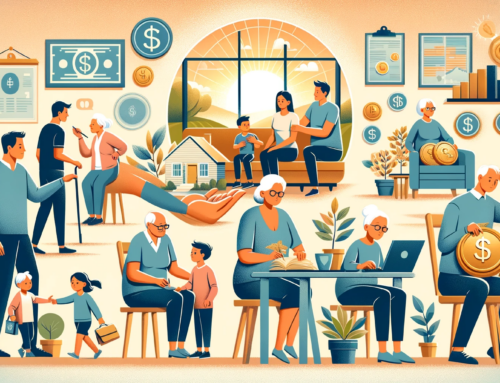
Smart Strategies to Pay Down Debt
In the quest for financial freedom, tackling debt is like scaling Mount Everest – daunting but rewarding. For many Kiwis, the dream of a debt-free life is a cornerstone of their wealth building journey. However, finding the right path through the labyrinth of personal finance can be tricky. Let’s unpack some practical strategies to help you pay down debt and get ahead.
Understanding Your Debt: The First Step to Freedom
Before you can conquer your debt, you need to understand it. This means taking a hard look at what you owe – be it credit card debt, personal loans, or mortgages.
- Create a Debt Inventory:
- List out all your debts, including the amount owed, interest rates, and due dates. This will give you a clear picture of your financial obligations and help prioritise which debts to tackle first.
- The Snowball vs. Avalanche Method:
- The Snowball Method:
The Snowball Method is a debt repayment strategy designed to build momentum and motivation. It works by focusing on paying off your smallest debts first, regardless of interest rates. Here’s how it works: You list all your debts from the smallest to the largest amount owed. Continue making minimum payments on all your debts, but allocate any extra money to the smallest debt until it’s fully paid off. Once the smallest debt is cleared, you take the money you were putting towards it and add it to the minimum payment on the next smallest debt. This process creates a ‘snowball effect’, where each paid-off debt frees up more money to tackle the next one. It’s a particularly effective method for those who need quick wins to stay motivated. The psychological boost from eliminating a debt can be incredibly empowering, making it easier to stick with your overall debt repayment plan. - The Avalanche Method:
On the other hand, the Avalanche Method is a more mathematically efficient approach. This method involves paying off debts with the highest interest rates first, while making minimum payments on the rest. Start by listing your debts in order of interest rate, from highest to lowest. Similar to the Snowball Method, you focus all your extra repayment capacity on the debt with the highest interest rate. Once that’s paid off, you move on to the debt with the next highest interest rate, and so on. This method can save you more money in the long run, as it reduces the amount of interest you’ll pay over time. It’s ideal for those who are more motivated by overall cost savings and can stay committed without the immediate gratification of small debts being paid off quickly. The Avalanche Method is financially efficient, but it requires discipline and patience, as it might take longer to pay off the first debt, especially if it’s a large sum.
- The Snowball Method:
Budgeting: Your Map to Debt-Free Territory A budget is your most powerful tool in the debt repayment journey. It’s about more than just tracking expenses; it’s about creating a plan that aligns with your wealth building goals.
- Zero-Based Budgeting:
- Assign every dollar a job, ensuring your income covers all your expenses, including debt repayments. This method ensures maximum efficiency of your funds.
- Cutting Unnecessary Expenses:
- Scrutinise your spending habits. Can you cut back on dining out, subscriptions, or other non-essentials? Redirecting these funds to your debt can accelerate your payoff journey.
Earning More: Boosting Your Repayment Capacity While reducing expenses is crucial, increasing your income can be a game-changer in paying down debt.
- Extra Income:
- Consider opportunities to earn extra income. Be it freelance work, a part-time job, or selling goods online, extra income can be directly channeled towards debt repayment.
- Flip properties to make lump sum cash and pay off your debts in full, sometimes one flip can make you enough money to pay off multiple different debts.
- Ask for a Raise or Seek Better Paying Employment:
- Don’t underestimate the power of your primary income source. A raise or a higher-paying job can significantly boost your debt repayment efforts.
Staying Motivated: The Emotional Aspect of Debt Repayment
The journey to becoming debt-free is as much emotional as it is financial.
- Celebrate Milestones:
- Set mini-goals within your debt-free journey and celebrate when you achieve them. This could be paying off a particular credit card or reaching a certain repayment threshold. – Just don’t pay for your celebration by putting it on the credit card!
- Seek Support:
- Whether it’s a mentor, a supportive community, or friends and family, having a support system can keep you motivated and accountable.
Embarking on a debt-free journey is one of the most empowering steps you can take in your wealth building journey. It’s about more than just numbers; it’s about setting the foundation for a financially secure future. With the right strategies, determination, you can conquer your debt and pave the way to financial freedom.




